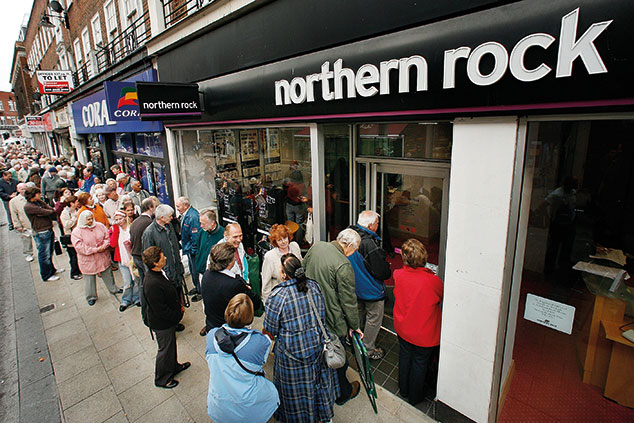
Yes, investors today are, on this measure at least, even more jittery than they were in the heat of the global financial crisis – when the cash machines were just a heartbeat away from grinding to a halt across the developed world. That would make sense perhaps if the UK market was super expensive (as the US still is). But it isn’t. The market as a whole is trading on a forward price/earnings (p/e) ratio slightly below its long-term average and a cyclically adjusted p/e (Cape – which takes account of fluctuations in earnings that are mainly due to the business cycle) slightly above it.
It’s a similar story in Europe, and on the same measures there are some parts of the world that look positively cheap: Japanese equities are trading below their long-term Cape and emerging markets as a whole, having had a hideous year in 2018 (falling by 17% overall), very much below theirs (12 times against 16 times). This isn’t necessarily to suggest there is a giant bull market in the making, just that a nasty bear market, while possible, isn’t a given.
Turn to the Alex cartoon in this week’s issue and you will see the exact mindset driving today’s market misery. Brexit, the US government shutdown, trade wars, the tech wreck of the end of last year – according to Clive and Alex (who are a little too scarily realistic for comfort), all these things mean the future is clearly hellish. Any bump in the market is therefore to be seen as an opportunity to sell and run.
But what if Brexit isn’t awful? What if it is possible for Donald Trump to be president of the US and for the US to simultaneously be resilient? What if underlying the things that look scary there are scores of good corporations doing well and start-up firms looking fantastic as technology democratises entrepreneurship? The point here is one that Pippa Malmgren, author of Signals, often makes to me.
Investors want simplicity and certainty as much as anyone else. So they create imaginary binary futures to wrap around their portfolios. But the future isn’t binary at all. It’s complicated and blurry. Yes, global politics is a bit iffy. Yes, the beginning of quantitative tightening (QT) is not good for asset prices. And yes, the German and Chinese economies are a bit of a worry. But no, the end of the world is not nigh (probably). With that in mind we would suggest that the market right now is as much at risk of “melt up” as meltdown.
You need to invest for both possibilities. How? Max King might have some of the answers and Nick Train has a few more. And in this week’s cover story, we look at the classic middle-way route to investing success – looking for long-term sustainable dividends, something that is particular vital now that inflation is back.